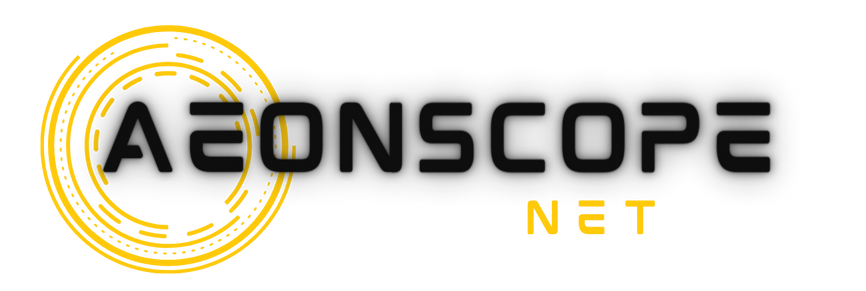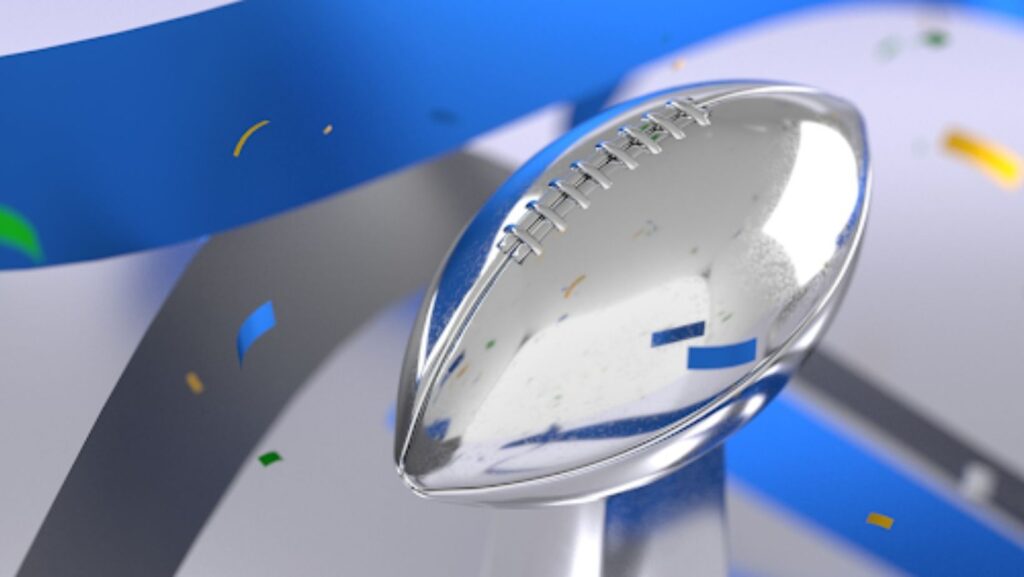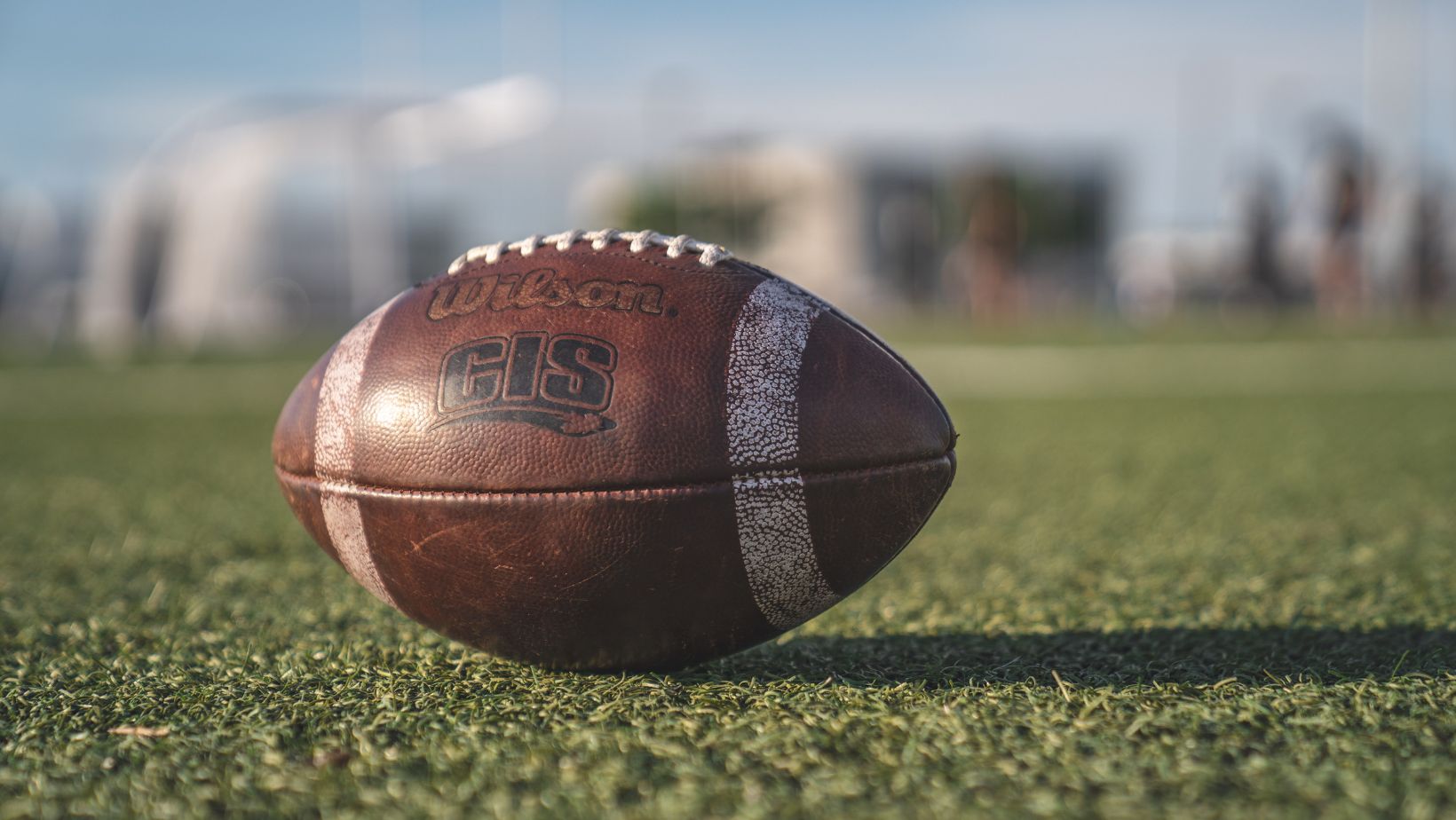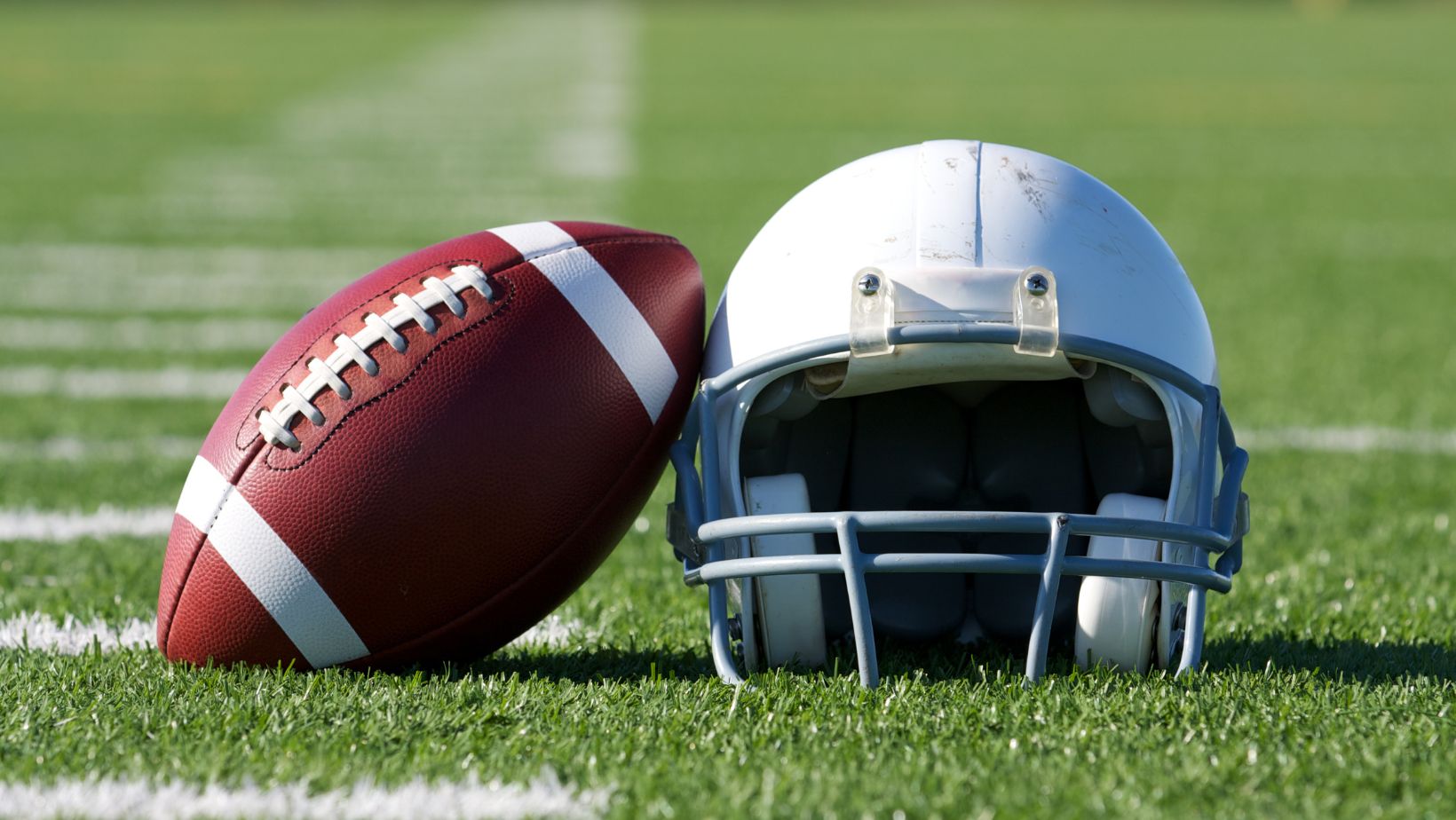Fantasy football trades can be the key to turning your season around or maintaining dominance in your league. However, successfully navigating trades requires strategy, foresight, and a little bit of practical psychology. Below, we’ll explore the steps to help you master the art of fantasy football trading and give yourself the best chance at winning.
Evaluate Your Team Honestly
Before making any trade, take a hard look at your roster. Identify your team’s strengths and weaknesses without bias. Are you stacked with wide receivers but struggling to find a high-performance running back? Perhaps your quarterback hasn’t been performing, or your bench lacks depth. Knowing your team’s needs will help you determine what type of player to target in trades.
Equally important is assessing your team’s current position in the league. If you’re at the top, you can focus on long-term improvements. On the other hand, if you’re struggling, you might need to take a calculated risk on a high-upside player.
Do Your Homework on Player Values
Understanding the value of players is critical to making fair and beneficial trades. Study player performance, team trends, and injury reports. Look beyond raw statistics; pay attention to factors like snap counts, targets, and a team’s upcoming schedule. For example, a wide receiver facing weak defenses in the next few weeks could be worth more than one with tougher matchups.
Fantasy football success isn’t just about knowing who’s hot and who’s not; it’s also about leveraging the right tools. Platforms like the FanDuel NFL Weekly Matchup Guide can give you an edge by breaking down player matchups and team tendencies, helping you spot under-the-radar opportunities or avoid potential pitfalls. Combining information from resources like these with your research ensures you’re making data-driven decisions every step of the way.
Utilize fantasy football rankings, trade value charts, and expert analysis to ensure you aren’t overpaying for a player. Stay informed about league trends, as hype can sometimes inflate or deflate a player’s perceived value.
Craft a Clear Trade Strategy
Having a strategy is essential for successful negotiations. Decide whether you’re aiming to acquire a high-performing star or bolster your depth with multiple solid players. Consider the impact on your starting lineup and bench before making an offer.
Think about how your trade partner might view the deal. If you’re offering them a player to address their weak spots, they’re more likely to accept. A mutually beneficial trade is much easier to sell than one that seems one-sided.
Communicate Effectively with League Members
Communication plays a huge role in trade success. When approaching a potential trade partner, be respectful and concise. Explain why the trade benefits both teams rather than focusing solely on your needs. Open communication fosters trust and makes future negotiations easier.
Avoid lowball offers, as they can frustrate other managers and hurt your reputation within the league. Instead, present a reasonable starting offer and be willing to negotiate. If a manager declines, ask for feedback and see if there’s room to adjust the deal.
Time Your Trades Wisely
Timing is everything in fantasy football. Make trades when you can maximize value, such as targeting players before a breakout performance or trading away players at their peak. For example, a running back with an unsustainable touchdown rate might fetch a high price early in the season but could regress as the year progresses.
Also, pay attention to your league’s trade deadline. In the weeks leading up to it, teams fighting for playoff spots may be more aggressive in their offers, providing an opportunity to capitalize on their urgency.
Know When to Walk Away
Not every trade is worth pursuing. If negotiations aren’t moving forward or you’re being pressured into a deal that doesn’t benefit you, it’s okay to walk away. Patience is a valuable skill in fantasy football, and sometimes the best move is no move at all.
Similarly, avoid making impulsive trades after a bad week. Emotional decisions can lead to regret, especially if you give up a reliable player in response to one poor performance. Stay focused on your long-term strategy instead of reacting to short-term frustrations.
Monitor Post-Trade Outcomes
Once a trade is completed, keep an eye on the results. Evaluate how the players you acquired are performing and whether the trade improved your team. This reflection helps you learn from the experience and refine your trading strategies for the future.
If the trade didn’t pan out as expected, don’t dwell on it. Fantasy football is unpredictable, and even the most informed decisions can have unexpected outcomes. Use each trade as a learning opportunity to improve.
Learning to Embrace Complexity
Managing fantasy football trades requires preparation, clear communication, and a strategic mindset. By evaluating your team, researching player values, and maintaining good relationships with league members, you can maximize your chances of success. Remember, trades are as much about timing and psychology as they are about the players themselves. With practice, you’ll be able to approach each deal like a seasoned pro and give your team the edge it needs to win.




More Stories
Polish Women Still Want Traditional Romance. Can You Handle It?
Global Usenet Access: Speed and Privacy Combined
Sell Gift Cards Online Instantly: Turning Digital Codes Into Real Value